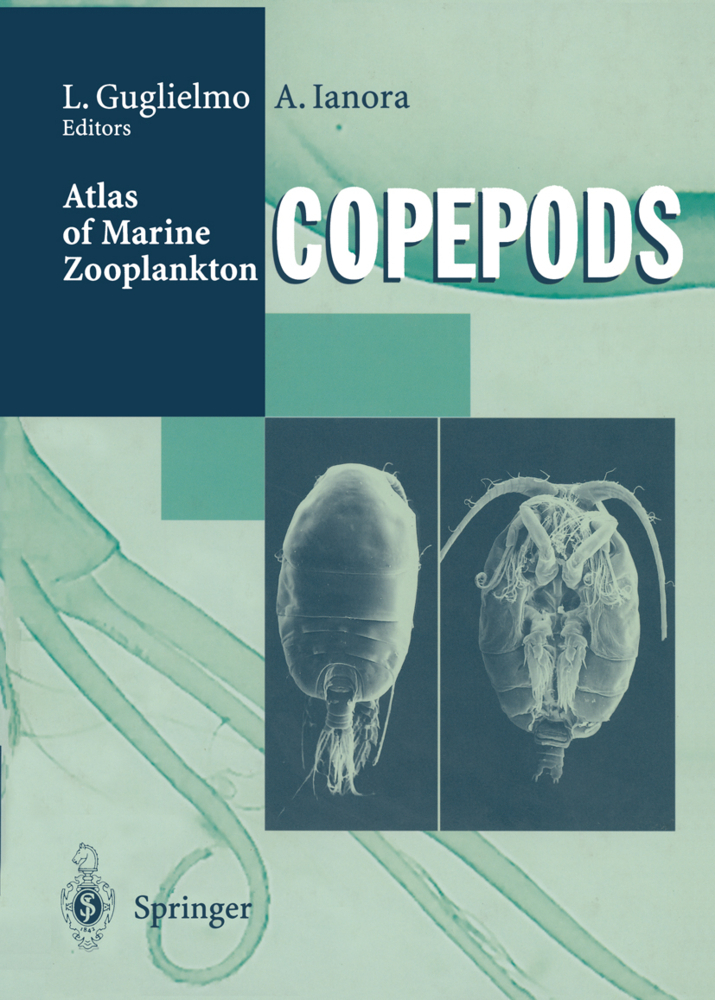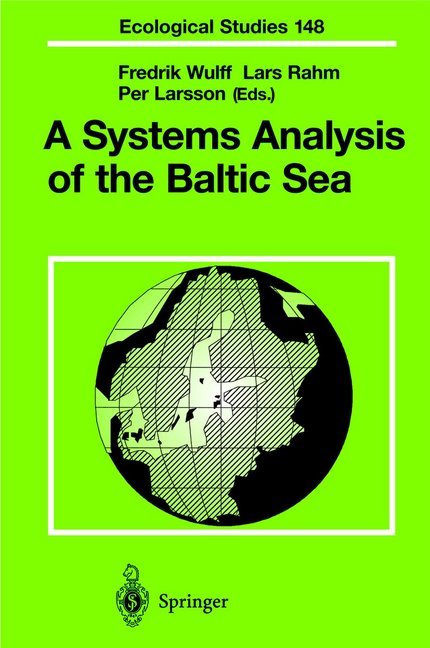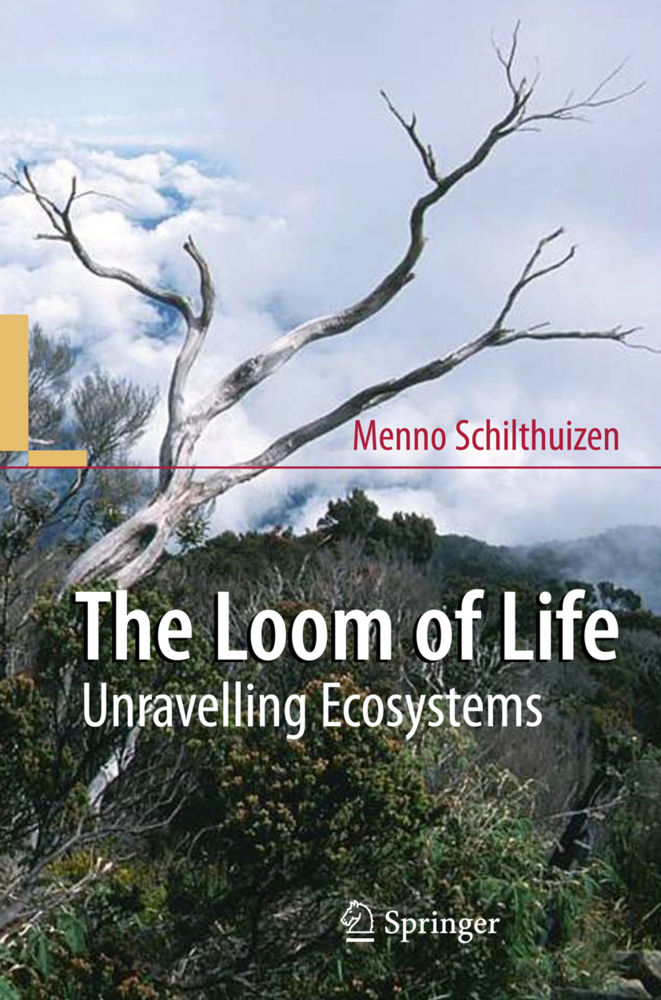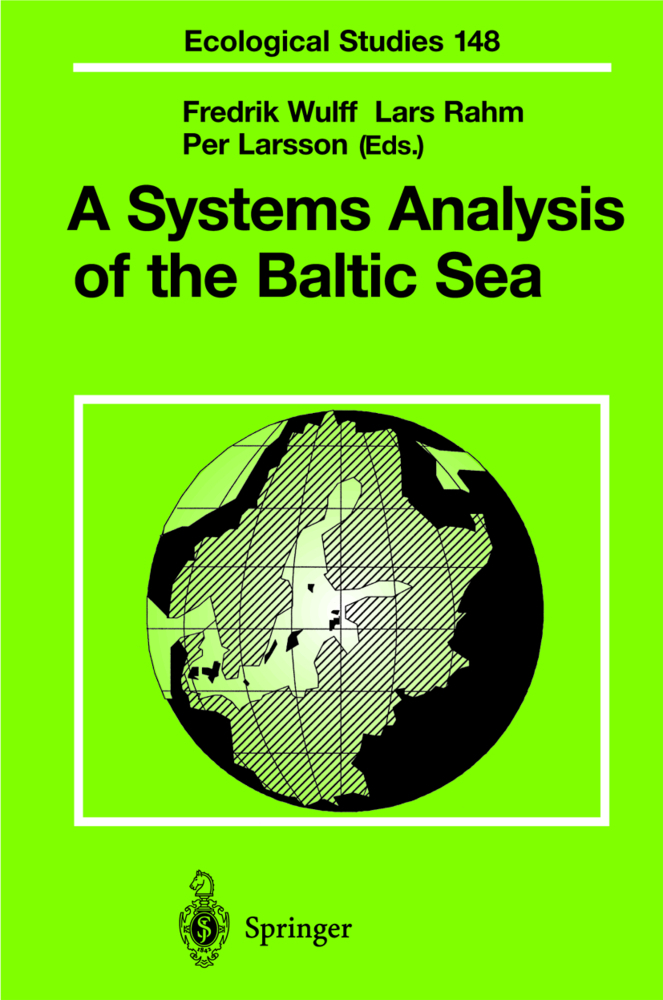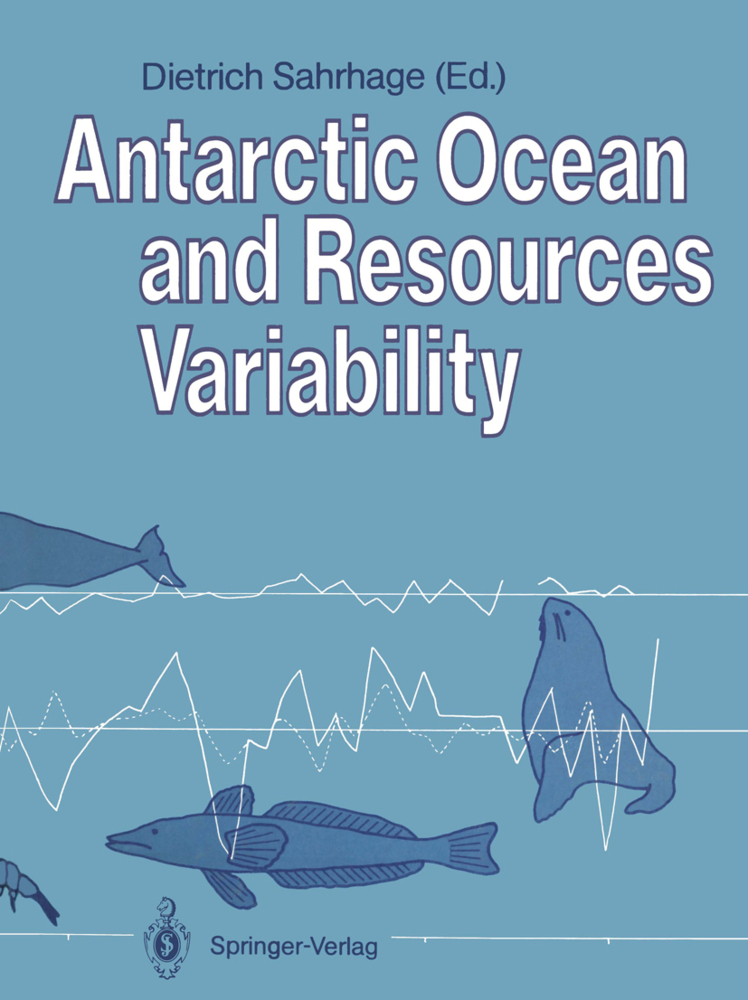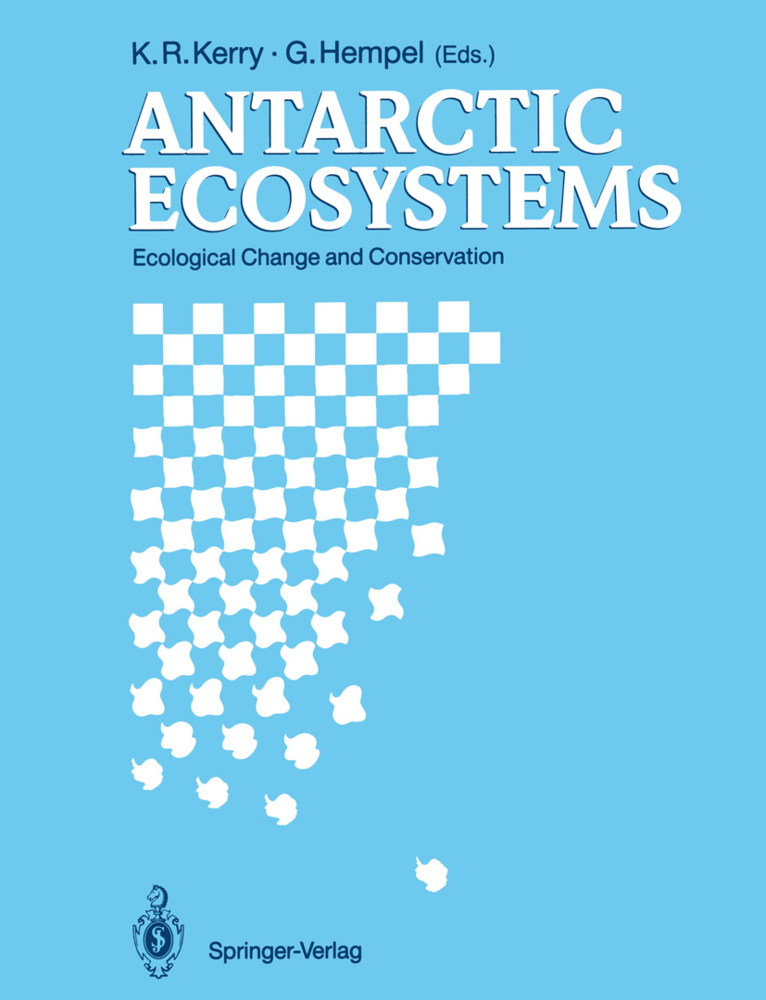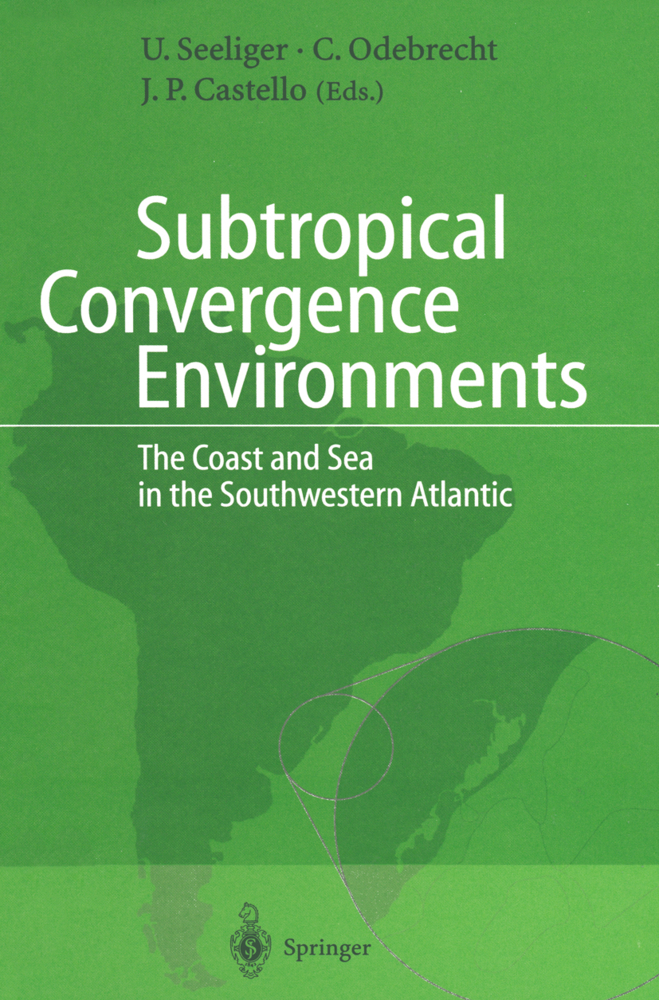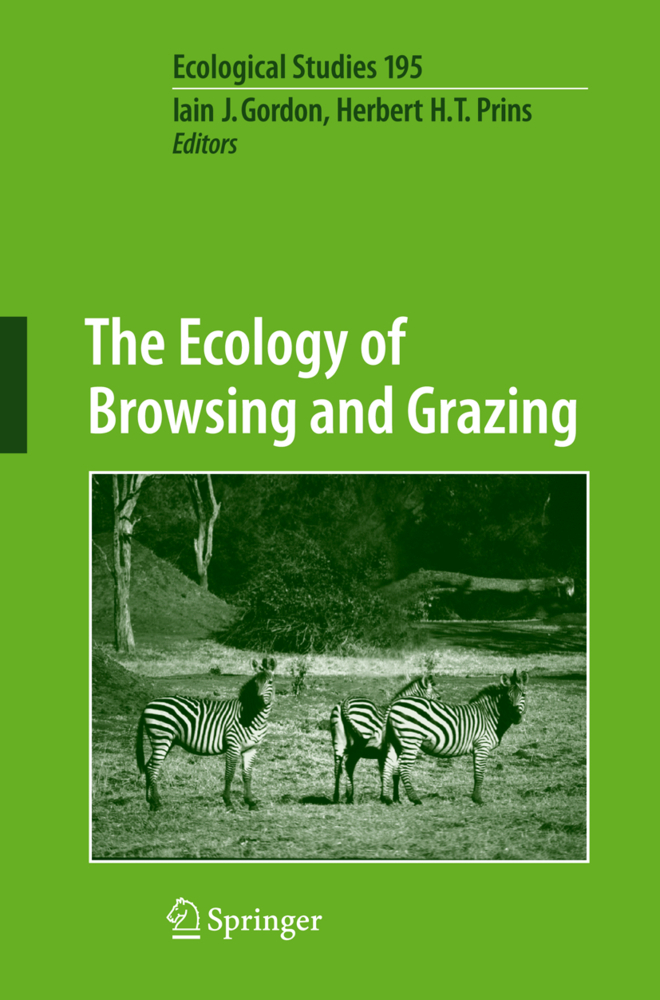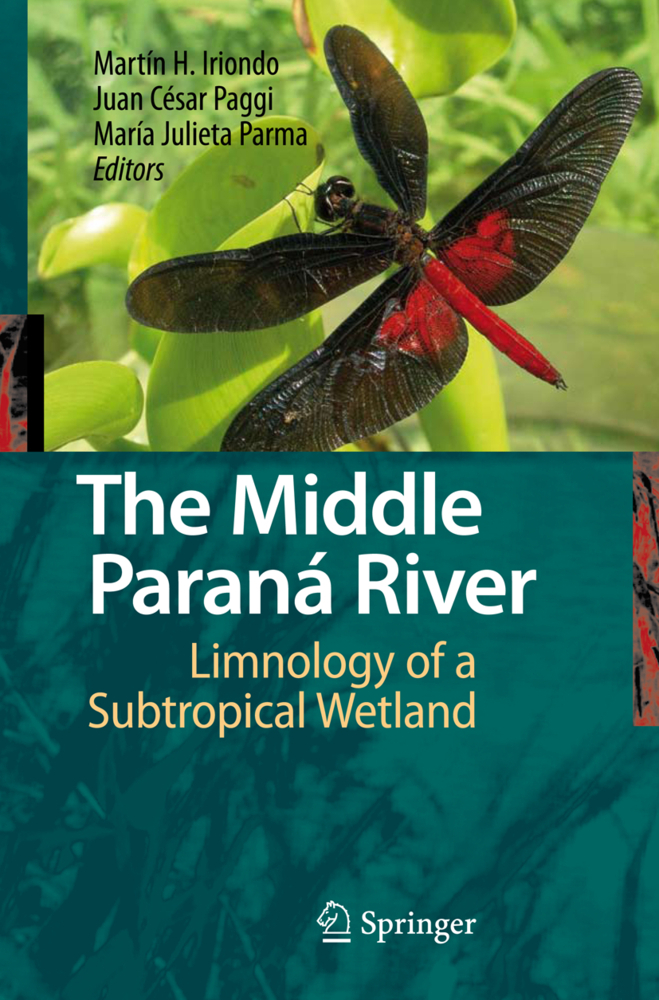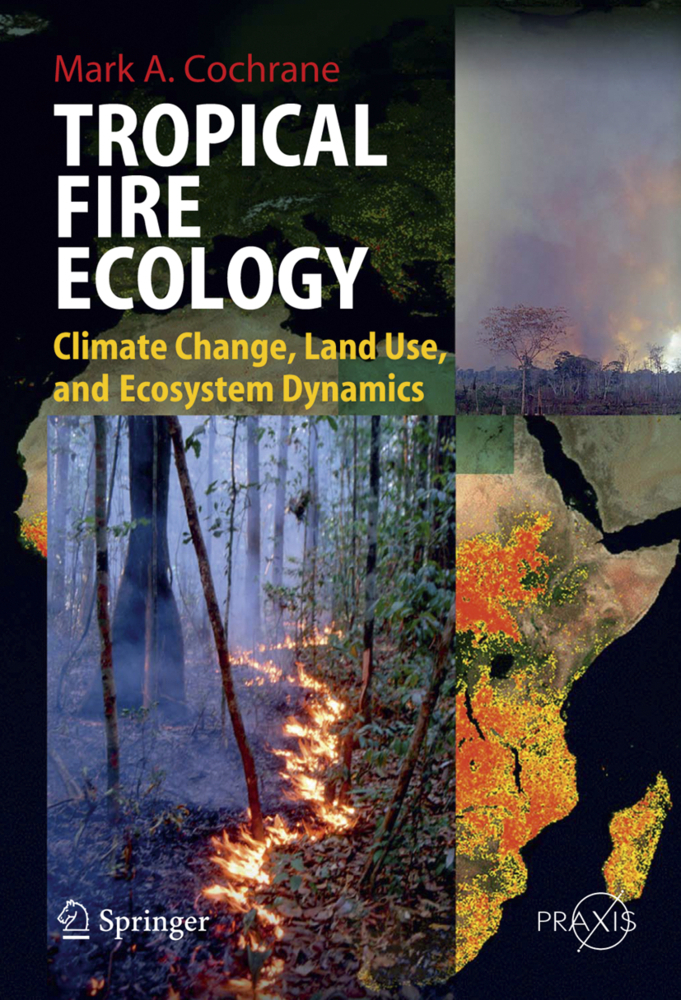Atlas of Marine Zooplankton Straits of Magellan
Copepods
Atlas of Marine Zooplankton Straits of Magellan
Copepods
The Antarctic represents the last of the world's still unexplored continents. Since 1985, Italy has sent nine expeditions to this region, making it one of the most scientifically active nations in the Antarctic. Italy has built a permanent base there and has begun a systematic collection of data and samples which will contribute to our understanding of this peculiar and extremely fascinating continent. Within this framework, Italy has also conducted research in a sub-Antarctic region of great scientific interest, the Straits of Magellan. This region, with its characteristic oceanography and biota, represents a transition point between the faunal assemblages of temperate and antarctic seas. This atlas on the zooplankton is an important contribution to the study of the faunal assemblages of the region of the Straits and will hopefully be followed by others. The initiative is part of a vast program launched by the Italian Ministry of Universities and Scientific and Technological Research to promote the exploration of Antarctic and sub-Antarctic seas, the aim of which is to preserve one of the Earth's largest and most undisturbed natural laboratories.
1.2 Hydrology
1.3 Tidal Currents
1.4 Chemical Characteristics
1.5 Photosynthetic Pigments and Primary Production
1.6 Particulate Organic Matter
1.7 Phytoplankton
1.8 Zooplankton
2 Materials and Methods
2.1 Sampling Techniques
2.2 Terminology, Measurements and Line Drawings
2.3 Scanning Electron Micrographs
2.4 Identification Cards
3 Systematic Account Order CALANOIDA Family Augaptilidae
3.1 Augaptilus glacialis
3.2 Haloptilus acutifrons
Family Heterorhabdidae
3.3 Heterorhabdus spinifrons
Family Lucicutiidae
3.4 Lucicutia clausi
Family Metridinidae
3.5 Metridia lucens
3.6 Pleuromamma robusta
Family Acartiidae
3.7 Acartia tonsa
Family Candaciidae
3.8 Candacia cheirura
3.9 Candacia norvegica
Family Centropagiidae
3.10 Centropages brachiatus
3.11 Centropages bradyi
Family Calanidae
3.12 Calanoides patagoniensis
3.13 Calanus australis
3.14 Calanus simillimus
3.15 Neocalanus tonsus
Family Calocalanidae
3.16 Calocalanus pavoninus
Family Paraealanidae
3.17 Paracalanusparvus
Family Eucalanidae
3.18 Eucalanus elongatus hyalinus
3.19 Eucalanus longiceps
3.20 Rhincalanus nasutus
Family Aetideidae
3.21 Aetideus arcuatus
3.22 Aetideus australis
3.23 Chiridius gracilis
3.24 Chiridius subgracilis
Family Clausocalanidae
3.25 Clausocalanus brevipes
3.26 Clausocalanus ingens
3.27 Clausocalanus laticeps
3.28 Ctenocalanus citer
3.29 Drepanopus forcipatus
3.30 Microcalanus pygmaeus
Family Euchaetidae
3.31 Paraeuchaeta antarctica
3.32 Paraeuchaeta biloba
Family Phaennidae
3.33 Phaenna spinifera
Family Scolecithricidae
3.34 Scaphocalanus curtus
3.35 Scaphocalanus farrani
3.36 Scolecithricella dentata
3.37 Scolecithricella minor
Family Spinocalanidae
3.38 Spinocalanus brevicaudatus
Order CYCLOPOIDA
Family Oithonidae
3.39 Oithona atlantica
3.40 Oithona similis
Order POECILOSTOMATOID A
Family Oncaeidae
3.41 Lubbockia aculeata
3.42 Lubbockia minuta
3.43 Oncaea conifera
3.44 Oncaea curvata
3.45 Oncaea englishi
References
Appendix 1
Appendix 2.
1 Study Area
1.1 Introduction1.2 Hydrology
1.3 Tidal Currents
1.4 Chemical Characteristics
1.5 Photosynthetic Pigments and Primary Production
1.6 Particulate Organic Matter
1.7 Phytoplankton
1.8 Zooplankton
2 Materials and Methods
2.1 Sampling Techniques
2.2 Terminology, Measurements and Line Drawings
2.3 Scanning Electron Micrographs
2.4 Identification Cards
3 Systematic Account Order CALANOIDA Family Augaptilidae
3.1 Augaptilus glacialis
3.2 Haloptilus acutifrons
Family Heterorhabdidae
3.3 Heterorhabdus spinifrons
Family Lucicutiidae
3.4 Lucicutia clausi
Family Metridinidae
3.5 Metridia lucens
3.6 Pleuromamma robusta
Family Acartiidae
3.7 Acartia tonsa
Family Candaciidae
3.8 Candacia cheirura
3.9 Candacia norvegica
Family Centropagiidae
3.10 Centropages brachiatus
3.11 Centropages bradyi
Family Calanidae
3.12 Calanoides patagoniensis
3.13 Calanus australis
3.14 Calanus simillimus
3.15 Neocalanus tonsus
Family Calocalanidae
3.16 Calocalanus pavoninus
Family Paraealanidae
3.17 Paracalanusparvus
Family Eucalanidae
3.18 Eucalanus elongatus hyalinus
3.19 Eucalanus longiceps
3.20 Rhincalanus nasutus
Family Aetideidae
3.21 Aetideus arcuatus
3.22 Aetideus australis
3.23 Chiridius gracilis
3.24 Chiridius subgracilis
Family Clausocalanidae
3.25 Clausocalanus brevipes
3.26 Clausocalanus ingens
3.27 Clausocalanus laticeps
3.28 Ctenocalanus citer
3.29 Drepanopus forcipatus
3.30 Microcalanus pygmaeus
Family Euchaetidae
3.31 Paraeuchaeta antarctica
3.32 Paraeuchaeta biloba
Family Phaennidae
3.33 Phaenna spinifera
Family Scolecithricidae
3.34 Scaphocalanus curtus
3.35 Scaphocalanus farrani
3.36 Scolecithricella dentata
3.37 Scolecithricella minor
Family Spinocalanidae
3.38 Spinocalanus brevicaudatus
Order CYCLOPOIDA
Family Oithonidae
3.39 Oithona atlantica
3.40 Oithona similis
Order POECILOSTOMATOID A
Family Oncaeidae
3.41 Lubbockia aculeata
3.42 Lubbockia minuta
3.43 Oncaea conifera
3.44 Oncaea curvata
3.45 Oncaea englishi
References
Appendix 1
Appendix 2.
Guglielmo, Letterio
Ianora, Adrianna
Mazzocchi, M. G.
Zagami, G.
Ianora, A.
Guglielmo, L.
Crescenti, N.
Hure, J.
| ISBN | 978-3-642-79141-3 |
|---|---|
| Artikelnummer | 9783642791413 |
| Medientyp | Buch |
| Auflage | Softcover reprint of the original 1st ed. 1995 |
| Copyrightjahr | 2012 |
| Verlag | Springer, Berlin |
| Umfang | XIV, 279 Seiten |
| Abbildungen | XIV, 279 p. |
| Sprache | Englisch |

